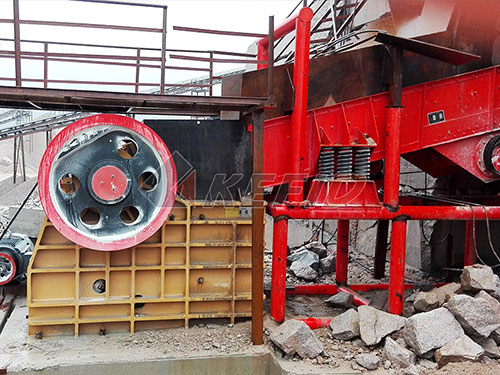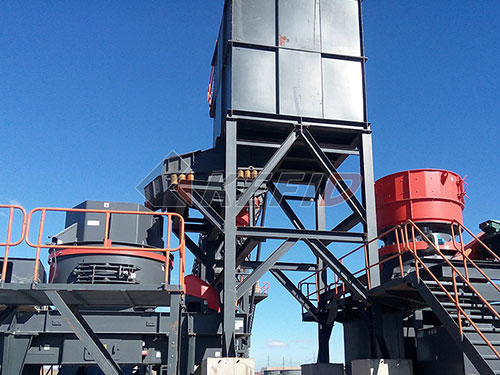
Mobile Crushing: Revolutionizing Efficiency in Quarrying and Aggregate Production
The quarrying and aggregates industry forms the literal bedrock of modern infrastructure – providing essential materials for construction roads, buildings, bridges, and more. Traditionally reliant on large-scale fixed crushing plants connected by extensive conveyor systems or dependent on costly truck haulage of raw material to centralized processors, the sector faced inherent limitations in flexibility and efficiency. Enter Mobile Crushing Plants – a transformative technology rapidly reshaping how aggregates are produced directly at the source.
Beyond Fixed Constraints: The Core Advantage of Mobility

The fundamental power of mobile crushing lies in its name: mobility. These self-propelled units integrate primary crushers (like jaws or impactors), secondary/tertiary crushers (cones or further impactors), screens (for precise size separation), and conveyors onto a single chassis or modular trailers designed for rapid relocation.
This mobility unlocks several critical advantages:
1. Source Processing: The most significant benefit is processing material directly at the excavation face within the quarry pit itself (“in-pit crushing”). This drastically reduces or eliminates the need for expensive truck haulage of raw feed material over long distances to a fixed plant.
2. Reduced Haulage Costs & Emissions: By minimizing truck movements between the pit and primary crusher (often the largest cost component after extraction), operators achieve substantial savings in fuel consumption, maintenance costs for haul trucks and roads within the quarry – simultaneously lowering their carbon footprint.
3. Enhanced Flexibility & Site Optimization: Mobile plants can be easily moved to follow resource extraction zones within a large quarry site or quickly relocated between multiple smaller sites as needed.
4. Faster Setup & Commissioning: Compared to constructing a permanent fixed plant with foundations and infrastructure installation required before operation can begin.
5. Accessibility: They enable aggregate production in remote locations where building a fixed plant would be impractical or prohibitively expensive due to logistics constraints such as difficult terrain or lack of existing infrastructure access points like railheads nearby which might otherwise necessitate lengthy transport routes via road networks instead if relying solely upon stationary facilities located far away from resource deposits requiring extraction efforts at those distant points first before any processing occurs later downstream after initial transportation has taken place already consuming resources unnecessarily during transit phases prior even starting actual beneficiation steps involved later when finally arriving at destination facility ready now only then begin actual size reduction processes leading towards final product specifications desired ultimately by end users downstream waiting patiently while materials journey continues onward still further perhaps yet again another leg added onto overall

Leave a Reply